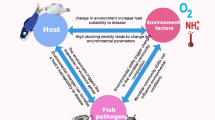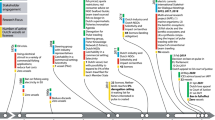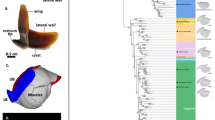Abstract
We studied the ability of the Antarctic fish Notothenia neglecta to conduct an induced inflammatory process at 0°C. Indian ink was injected and a cotton suture thread was implanted into muscle of different groups of fish. After 1–2 days of Indian ink injection, the ink was diffused in the perimysium and there was hemorrhage and cellular infiltrate composed mainly of macrophages A (with few and small lysosomes) and neutrophils; after 7–15 days, there were macrophages A and some macrophages B (cytoplasm clear, lamellar cytoplasmic system forming interdigitations); after 30 days, there was Indian ink in the interior of macrophages A. The suture thread process takes place in two phases: the first (up to 7 days) with predominance of macrophages A and few neutrophils, and the second (15–30 days) with predominance of macrophages B. It can be concluded that N. neglecta is responsive to irritant stimulus with inflammatory process indicating adaptation to the antarctic environment.
Similar content being viewed by others
Author information
Authors and Affiliations
Additional information
Received: 22 July 1997 / Accepted: 27 April 1998
Rights and permissions
About this article
Cite this article
Silva, J., Hernadez-Blazquez, F. & Barbieri, R. Induced inflammatory process in the Antarctic fish Notothenia neglecta. Polar Biol 20, 206–212 (1998). https://doi.org/10.1007/s003000050297
Issue Date:
DOI: https://doi.org/10.1007/s003000050297




